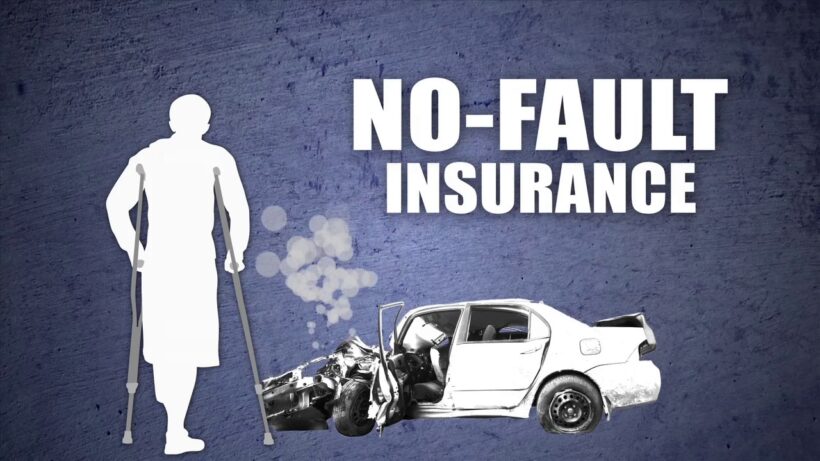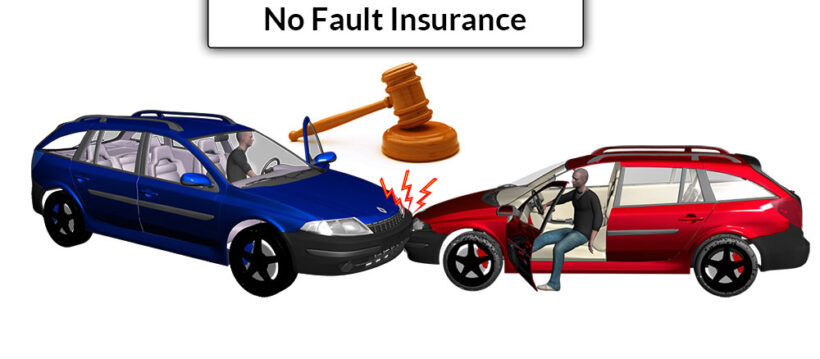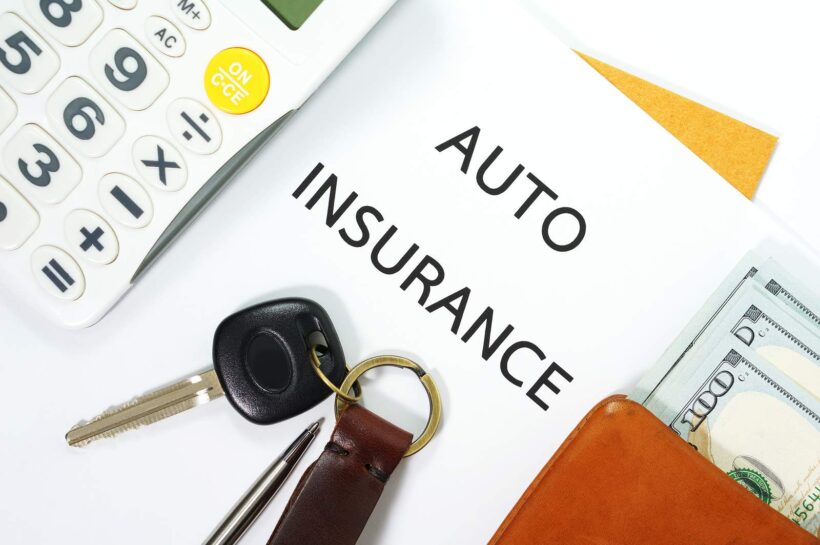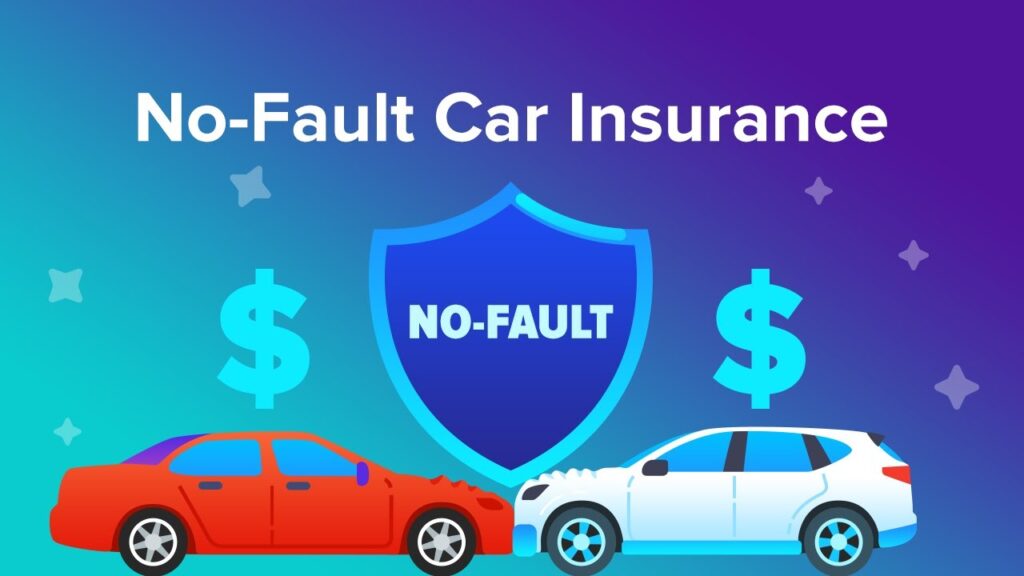There are lots of different types of car insurance products that Canadian drivers can choose from.
One of the lesser-known (but extremely beneficial) types of car insurance is no-fault coverage. Continue reading to learn the answer to the question, “what is no fault insurance and why is it important for drivers?”.
But, before going further, drivers in Nova Scotia should note that they should team up with a reputable insurance brokerage, such as Surex, if they’re looking for car insurance quotes.
What does no fault insurance mean?

Although certain provinces have a “no-fault” car insurance system, this doesn’t mean that no one’s responsible when an accident takes place.
The “no-fault” section of this type of insurance means that if you or your vehicle get hurt or damaged in a crash, your insurance provider will work with you regardless of who caused the accident.
On a similar note, if any of your passengers are wounded, each passenger with their auto insurance coverage will seek benefits from their insurance carrier. Your car insurance provider may pay rewards to your passengers if they don’t have their own auto insurance coverage.
The other automobile driver in the accident can file a claim with their insurance carrier for compensation.
In any car collision, a driver is always regarded as “at fault,” whether partially or entirely. Insurance companies are required by law to assign a proportion of fault to each driver involved in the collision, through a clause known as the Fault Determination Rules.
These standards, outlined in an Insurance Act regulation, assist insurance firms in dealing with collision claims quickly and efficiently.
Remember that the Fault Determination Rules don’t work the same way as any charges brought by the authorities under the Motor Vehicle Act. If you failed to stop your vehicle on a slick, snowy roadway and accidentally rear-ended another car, the authorities might come to the conclusion that “no one was at fault.”
This generally signifies that the police will file no charges. It doesn’t rule out the chances that the car insurance carriers involved will look into who was at fault.

The insurance company would use the Fault Determination Rules in this situation, which stipulate that a car that rear-ends another automobile is at fault because drivers are obligated to assess road conditions.
Keep in mind that the size of the car insurance deductible you must pay is determined by your proportion of fault. If you are found to be entirely or partially at blame for an accident, insurance companies will often raise your premiums at your next renewal period.
If you disagree with the way your insurance company determines fault in an accident, you should contact the individual in charge of consumer complaints at your insurance company.
If you are still dissatisfied with your car insurance company’s final decision, you have the option of taking your case to court.
You have to submit a claim with your insurance carrier if you live in a no-fault province and are involved in a collision with a third-party driver, regardless of who is found to be at blame. Satisfying the requirements of basic insurance coverage means offering a set value as insurance, either based on personal injury protection (PIP), or as no-fault insurance.
Personal injury protection (PIP) insurance is another name for no-fault insurance. It pays for the medical expenses incurred by you and your passengers due to a collision, no matter who is at fault.
It’s a must to maintain personal injury insurance as part of your basic insurance coverage if you’re living in a province that allows no-fault insurance. Your province’s minimum insurance requirements determine the actual amount of PIP insurance you must acquire.
How does no-fault insurance get processed?

You’re less likely to be sued after an at-fault accident – Basic insurance premiums are frequently higher — you don’t have to pay for additional medical protection coverage. Everyone is responsible for their deductible.
What isn’t protected by no-fault insurance?
No-fault insurance does not cover property damage. To help cover these charges up to your policy maximum, all no-fault jurisdictions require that you have a minimum amount of liability insurance for property damage.
Whether you are in a no-fault province or not, collision insurance is required to protect you from property damage costs that are covered if you are determined to be at fault in an accident.
You can also acquire complete coverage for external disasters like theft, floods, or storms that cause damage to your vehicle. A full-coverage policy provides both collision and comprehensive coverage.
The no-fault system assures everyone is covered for medical fees and other out-of-pocket expenses. As a result, there’s a lower likelihood of being involved in a liability dispute after an accident.
On the other hand, your PIP insurance will only cover you up to the policy amount. You can still sue for medical bills exceeding your coverage if you live in a no-fault province. However, the injuries must be severe enough to satisfy the province’s threshold standards.
What is the distinction between no-fault and PIP provinces?

Personal injury protection (PIP) insurance covers the cost of expenses incurred by you and your passengers due to a collision regardless of who’s at fault – in that sense, it’s just another term for no-fault insurance assuming you get injured.
PIP insurance tends to be required in several provinces, but not all of them are necessarily no-fault. Some at-fault provinces also require that any driver on the road needs to have PIP coverage to legally satisfy requirements.
PIP insurance is not required in the majority of provinces. If you live in an at-fault province, you can choose to add medical payments or PIP to your policy when you buy it, though it’s best to first check and see if it’s even required.
Regardless of who is to blame, however, medical payment insurance usually only provides proper coverage for amounts that add up to your policy maximum, and nothing more. This is different from PIP, which will usually cover up to the costs of your rehabilitation and other fees associated with recovering from injuries.

